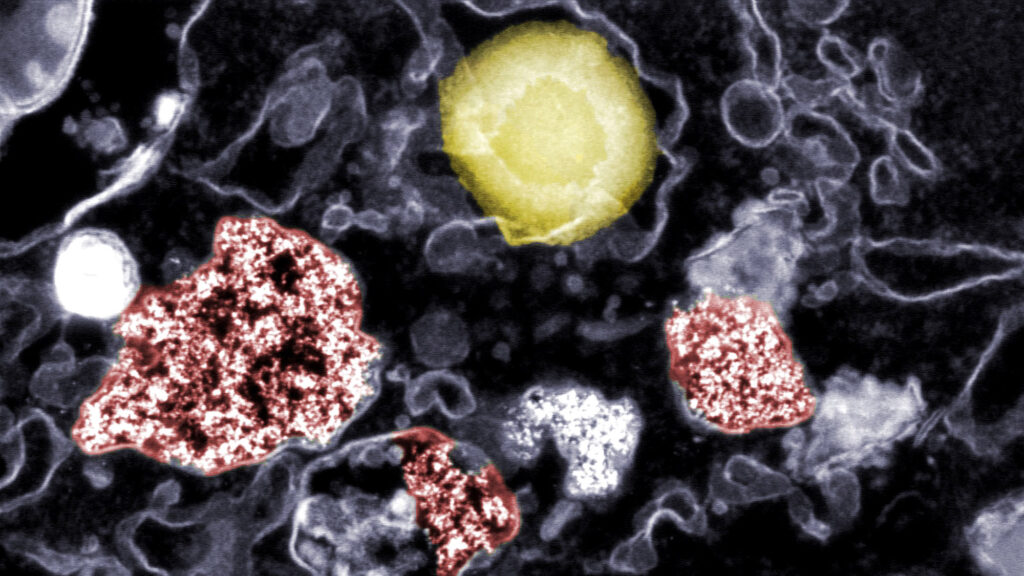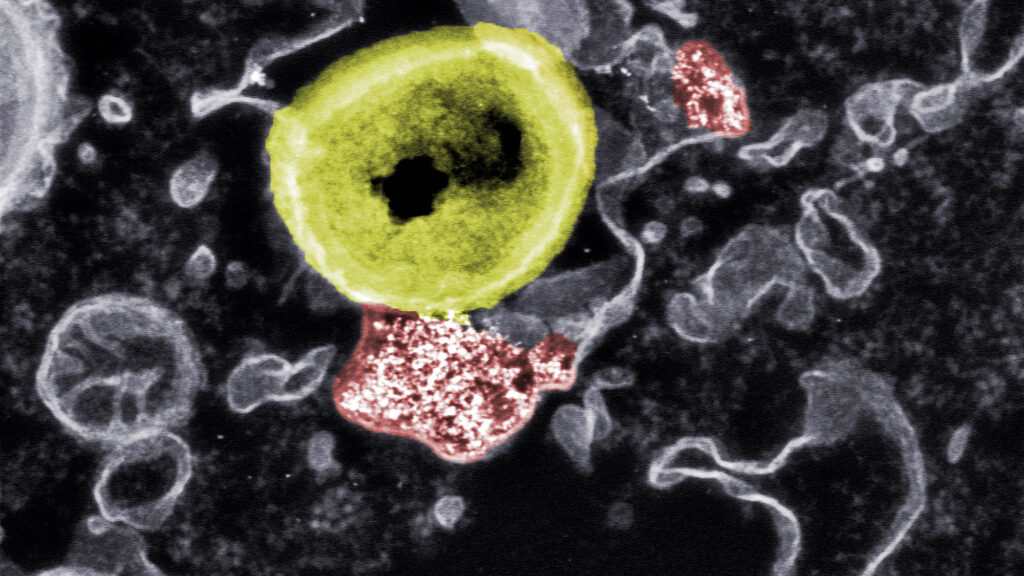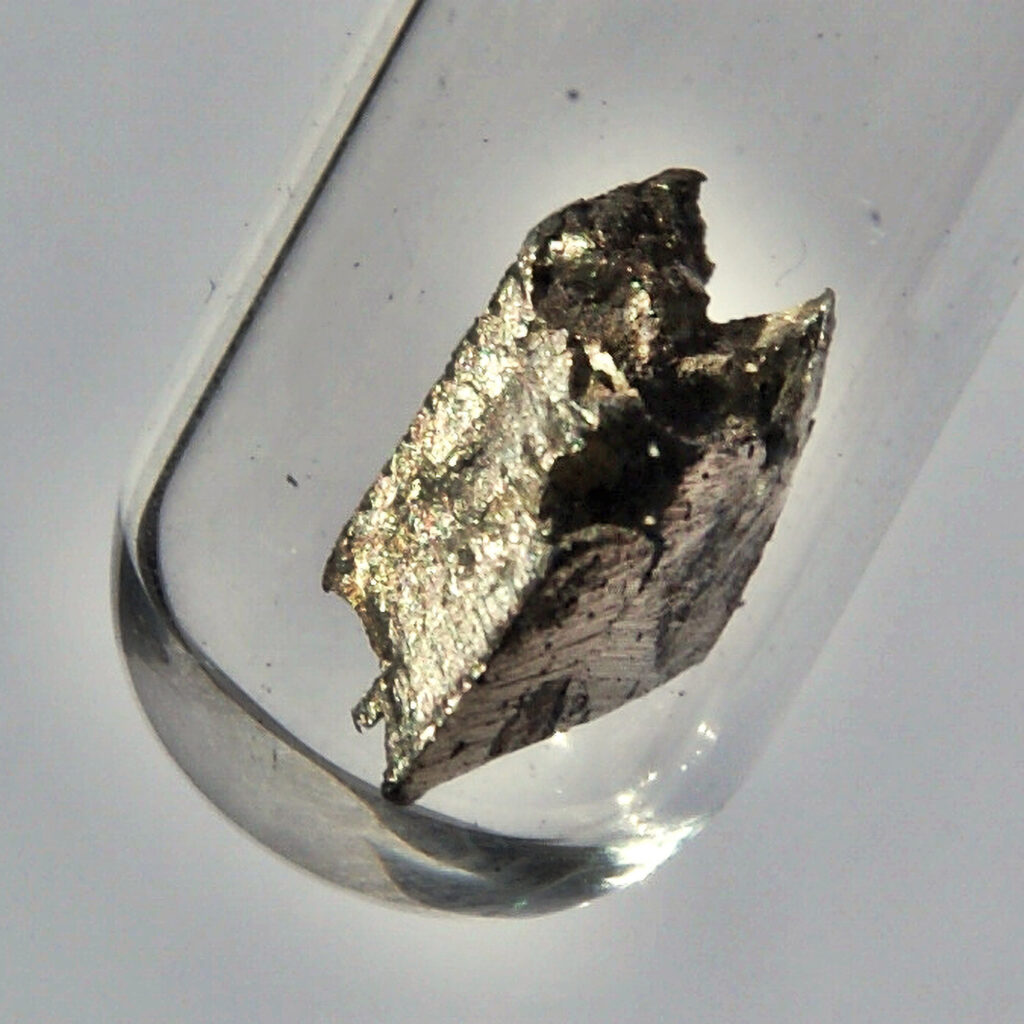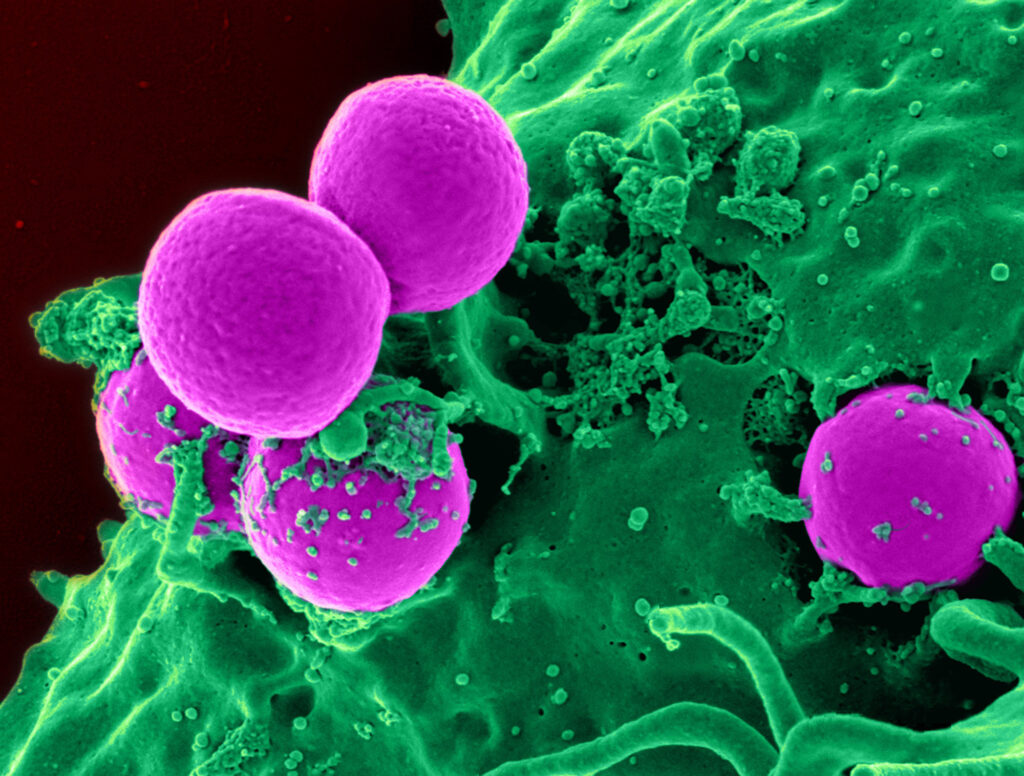Researchers Suggest Nanoparticles Can Kill Bacteria Hiding In Cells That Are Resistant To Antibiotics
A new study conducted by researchers from Switzerland has suggested that nanoparticles can eliminate bacteria resistant to antibiotics.
Scientists from the Swiss Federal Laboratories for Materials Science and Technology (EMPA) and the Swiss Federal Institute of Technology in Zurich (ETH) are currently developing nanoparticles which would detect and kill multi-resistant pathogens that hide inside our body cells.
According to scientists, due to the increased resistance to antibiotics, bacteria can cause life-threatening infections in humans.

Among bacteria there are some particularly tricky pathogens that penetrate into cells and are invisible to the human system and thus antibiotics cannot tackle them. This is how they survive even when the body’s defense is alerted.
These particular pathogens among many others include multi-resistant staphylococci (MRSA) which can cause severe illnesses such as sepsis or pneumonia.
Staphylococcus is a bacterial genus consisting of bacteria which appear spherical (cocci), and form in grape-like clusters under the microscope. They are facultative anaerobic organisms capable of growth both aerobically and anaerobically.
Staphylococci can retreat into cells of the skin, connective tissue, bones and even the immune system. The mechanism of this persistence is not yet fully understood.
Bacteria belonging to this genus are mostly harmless germs that can be found on skin and mucous membranes. However, under optimal conditions the bacteria attack the body and can cause severe inflammation or even lead to a toxic shock and sepsis.
The increasing number of staphylococcal infections that no longer respond to treatment with antibiotics is particularly uncertain.

Multi-resistant germs (MRSA) are particularly present in hospitals and as nosocomial pathogens can cause almost non-treatable wound infections or colonise catheters and other medical equipment.
In total around 75,000 hospital infections occur in Switzerland every year out of which 12,000 are fatal.
In order to track down the germs in their hideouts and eliminate them, a team of researchers from EMPA and ETH Zurich has been developing nanoparticles that use a completely different method of action in comparison to conventional antibiotics.
Unlike antibiotics which due to their size have difficulties penetrating human cells, nanoparticles on the other hand can easily penetrate the affected cells’ membranes because of their small dimensions and structure.
According to the scientists, once they reach these places they can successfully fight bacteria.
The team led by scientists Inge Herrmann and Tino Matter used cerium oxide which is a material with antibacterial and anti-inflammatory properties in its nanoparticle form.
Furthermore, the nanoparticles were combined with a bioactive ceramic material known as bioglass which is of high interest in the medical field because of its versatile regenerative properties.
It has a wide range of uses, one of which is for bone and soft tissue reconstruction.
Finally, the researchers synthesized flame-made nanoparticle hybrids made of cerium oxide and bioglass. These particles were previously successfully used as wound adhesives and expressed several important properties such as bleeding prevention, healing acceleration and wound dampening.

Additionally, the novel particles showed a significantly higher effectiveness against bacteria while the treatment seemed to be tolerated by human cells.
The researchers were able to show interactions between the hybrid nanoparticles, human cells and germs using electron microscopy and several other methods.
The experiment showed that bacteria inside infected cells which were treated with these nanoparticles began to dissolve.
In situations when the hybrid particle uptake was intentionally blocked, the antibacterial was lacking.
Even though the particles’ exact mode of action has not been fully understood yet, there are several other metals that expressed antimicrobial effects.
However, in terms of toxicity, cerium has proven to be less toxic than silver.
The team of scientists assume that the nanoparticles affect the cell membrane of the bacteria creating reactive oxygen species that lead to the destruction of the germs. Since the membrane of human cells is structurally different, our cells are not affected by this process.
EMPA researcher Tino Matter who thinks that resistance is less likely to develop against a mechanism of this kind said: “What’s more, the cerium particles regenerate over time, so that the oxidative effect of the nanoparticles on bacteria can start all over again.”
He believes that the cerium particles could have a long-lasting effect.
The researchers are aiming to thoroughly analyse the interactions of the particles in the infection process to optimise the structure and composition of nanoparticles.
Their goal is to develop a simple, robust antibacterial agent which is effective inside infected cells.

The study was published in the newest issue of the journal Nanoscale in the “Emerging Investigator Collection 2021” under the title “Inorganic nanohybrids combat antibiotic-resistant bacteria hiding within human macrophages.”
The EMPA and ETH Zurich researchers successfully patented the new technology.



